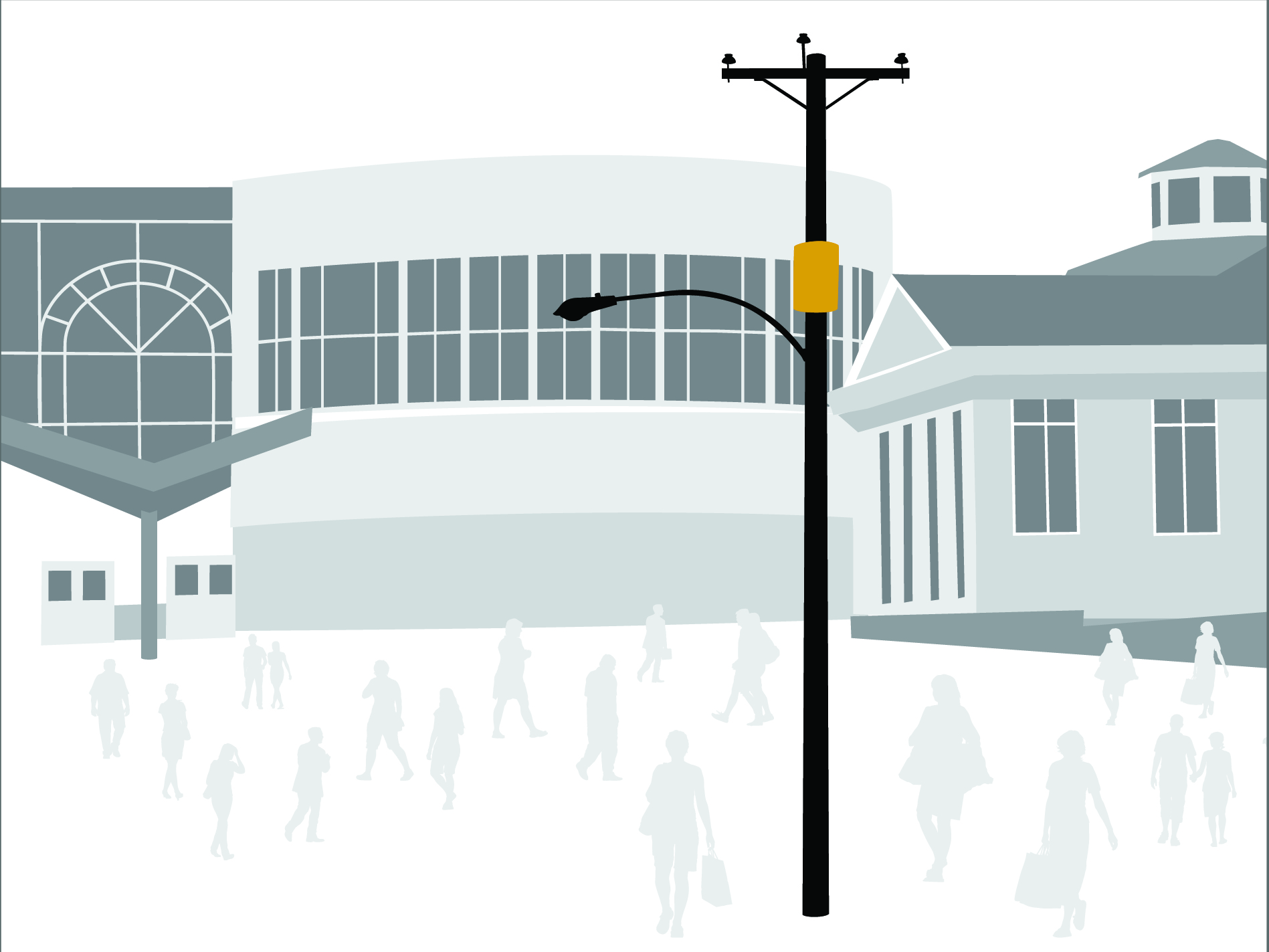On January 31, 2017, Federal Communications Commission Chairman Ajit Pai established a Broadband Deployment Advisory Committee (BDAC), which he tasked with making recommendations to the FCC on ways to accelerate the deployment of broadband by reducing or removing regulatory barriers to infrastructure investment. Among other tasks, Chairman Pai asked the BDAC to draft a model code for municipalities that could assist local governments in enacting ordinances authorizing wireless and wireline broadband deployment in the public rights of way.
In the summer of 2018, the BDAC voted to recommend its model code for municipalities to the FCC. The BDAC model states that it recognizes the “enormous diversity [among local governments] based on geography, size, resources, aesthetics, existing infrastructure, regulatory and legal framework, history, culture, and community priorities” and states its intent to create a “non-binding, flexible guideline.” While we agree with these statements and appreciate the hard work of the BDAC members, we believe local governments could benefit from an alternative model code that reflects the range of legal and policy options open to municipalities.
There is no single model code that will work for every jurisdiction. As such, NLC and NATOA’s model code is intended as a roadmap to assist local governments in adopting their own ordinances governing use of the rights of way by communications providers. While example language is included in some sections, we do not intend to suggest these examples could work for every jurisdiction.
To learn more, read our guide, “Small Cell Wireless Technology in Cities.”
